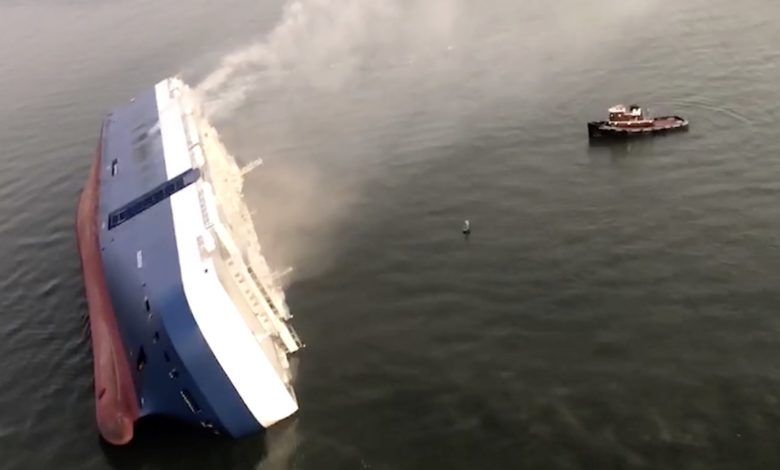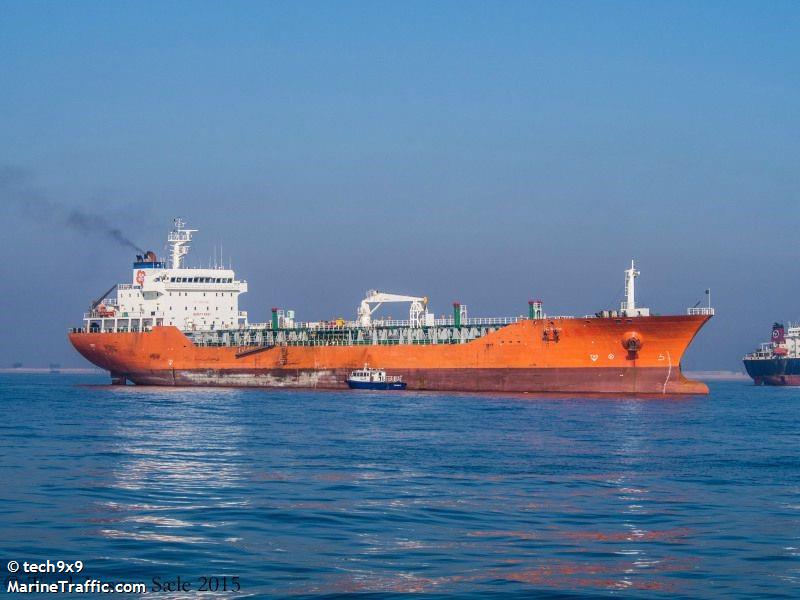NTSB finds Golden Ray capsized due to inaccurate stability calculations

The Golden Ray car carrier capsized in September 2019 off the coast of Georgia because of a crew member’s error in calculating its stability, according to the US National Transportation Safety Board (NTSB). The agency found that the chief officer made a mistake when entering ballast quantities into the calculation program, leaving the vessel top heavy.
The NTSB also determined that two watertight doors had been left open, causing the ship to flood after it capsized.
In a report of its investigation, the NTSB recommended that the ship’s operator, G-Marine Service, establish procedures to verify stability calculations before a ship leaves port. The agency also said the company should create and crews should follow a checklist to ensure that its ships are ready to safely sail upon departure.
The NTSB said the incident caused losses of more than $200m – the ship was a total loss worth over $62m and the cargo, more than 4,000 vehicles, is estimated to have been worth $142m.
The Golden Ray has been disassembled in sections; two of the eight sections remain in the water. The work is expected to take several more months to complete.

 Golden Ray
Golden Ray
The vast majority of ships sailing the oceans seem to be trouble free. Perhaps due to ships crewed by competent people. Human error miscalculating ballast requirements for stability control seems to point to incompetence, lack of training, inexperience or gross mismanagement. As in other transportation modes, studies from a history of accidents, in this case of ship weight calculations for stability, oversight may be needed. Perhaps as simple as dual calculations from two qualified crewmen to arrive at similar results before leaving port. Simple suggestion but may be more difficult to implement to prevent repeating an event like this.
Admirable philosophy but sadly crewing means there are fewer certificated, experienced people to check.
Some years ago I ascertained a ship’s stability, as found from it’s stability books and other data, showed the ship was unstable under many loaded conditions and did not satisfy many safety requirements. The reason I carried out such laborious calculations was the ship did not “feel” right in certain sea conditions. The data/books had been compiled and issued by a reputable builder and separately approved years apart by two classification societies and two flag states. Apart fro the glaring incompetence that did show that we err on the side of safety as the ship had never capsized.
Found an interesting comment in Maritime Executive. Quote:
Interview of Chief Mate was the funniest interview I ever read. NTSB “determines”? No- NTSB “guesses”. Any lawyer that cannot punch holes in the findings should ask their law school for their money back. End quote. Also “…the operator has switched to a new software system for stability calculations and retrained its officers.” what dovetails with Alias David Boffey thought provoking remarks. Link to interviews: https://data.ntsb.gov/Docket?ProjectID=100209
Note: while reading fasten your seatbelts and do not consume any liquids. Cheers.
Well, well, well. Thanks. That is extremely interesting and does not surprise me in the least. I have carried out many investigations into stability related incidents on behalf of various u/w and lawyers and which revealed quite a few discrepancies in stability software ad less than stellar investigations by government “experts”.